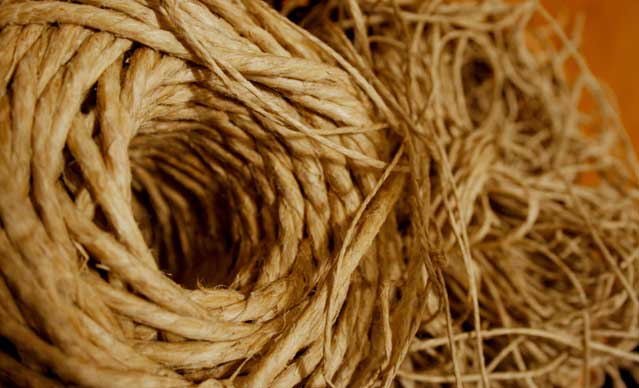There are hundreds of plants whose fiber can be used to weave rope. Which one you use depends on where you live. Each region of North America has its key indicator species that was used by native cultures, so look into your own bio-region and see what was used historically.
A few generics used throughout the U.S. include cedar bark, basswood bark, cattails, milkweed, dogbane, moosewood (also called leatherwood), and yucca. Out of all of these, yucca has the greatest tensile strength. In Arizona, where I live, it was used by ancient peoples for climbing rope, baskets, sandals, and even soap.
While it’s beyond the scope of this short column to describe the physical process of weaving, the most common method for weaving together plant fibers is the . I have also braided fibers together, similar to how women braid their hair. This makes for a very strong rope, although it’s less pliable than the reverse-wrap method. Once you become skilled at making cordage, you can knock out 10 feet of rope in 20 minutes or less, depending on the material. Speaking solely from a survival standpoint, though, it’s better to just carry 25 feet of rope in your pack.
For more info on weaving and other traditional skills, check out the , a bi-annual journal on prehistoric living skills.


